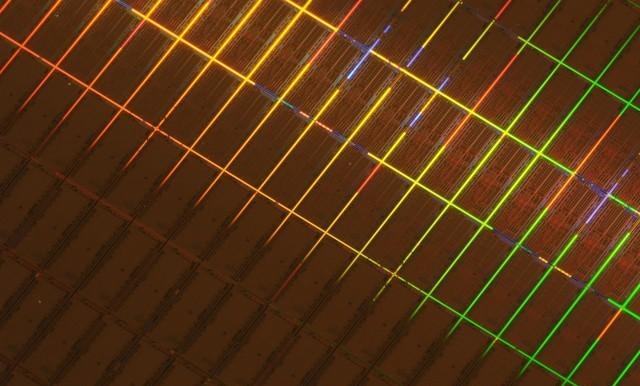The core research institute quoted Internet news, in recent years, the chip process has been close to the 1nm node, seeing that Moore's law is about to fail, industry colleagues have also begun to develop new structures and new solutions to promote technological updates.
Recently, IBM and Samsung claim that they have made breakthroughs in semiconductor design. On the first day of the IEDM conference in San Francisco, the two companies unveiled a new design to stack transistors vertically on a chip. In current processors and SoCs, transistors sit flat on the surface of the silicon and then current flows from one side to the other. In contrast, vertically transmitting field-effect transistors (VTFETs) are placed perpendicular to each other and current flows vertically.

According to IBM and Samsung, this design has two advantages. First, it will allow them to bypass many performance limitations, allowing Moore's Law to surpass IBM's current nanosheet technology. What's more, this design results in less energy waste due to the larger current flow. They estimate that VTFETs will make the processor twice as fast as chips designed with FinFET transistors, or 85 percent less power. IBM and Samsung claim that the process could one day allow the phone to be used for an entire week on a single charge. It could also make certain energy-intensive tasks, including encryption work, more power-efficient, and thus reduce their environmental impact, they say.
IBM and Samsung have yet to say when they plan to commercialize the design. They're not the only company trying to get past the 1nm barrier. In July, Intel said it aimed to finalize the design of a submicron-scale chip by 2024. The company plans to accomplish this feat with its new "Intel 20A" nodes and Ribbon FET transistors.
After the foreign media report was published, IBM subsequently clarified that VTFETs would help it expand beyond its existing chip technology, rather than selecting and expanding the process to less than 1 nanometer, while the company also pointed out that there can be great improvements in performance or battery life, but it will be difficult to do at the same time.
(7832882)